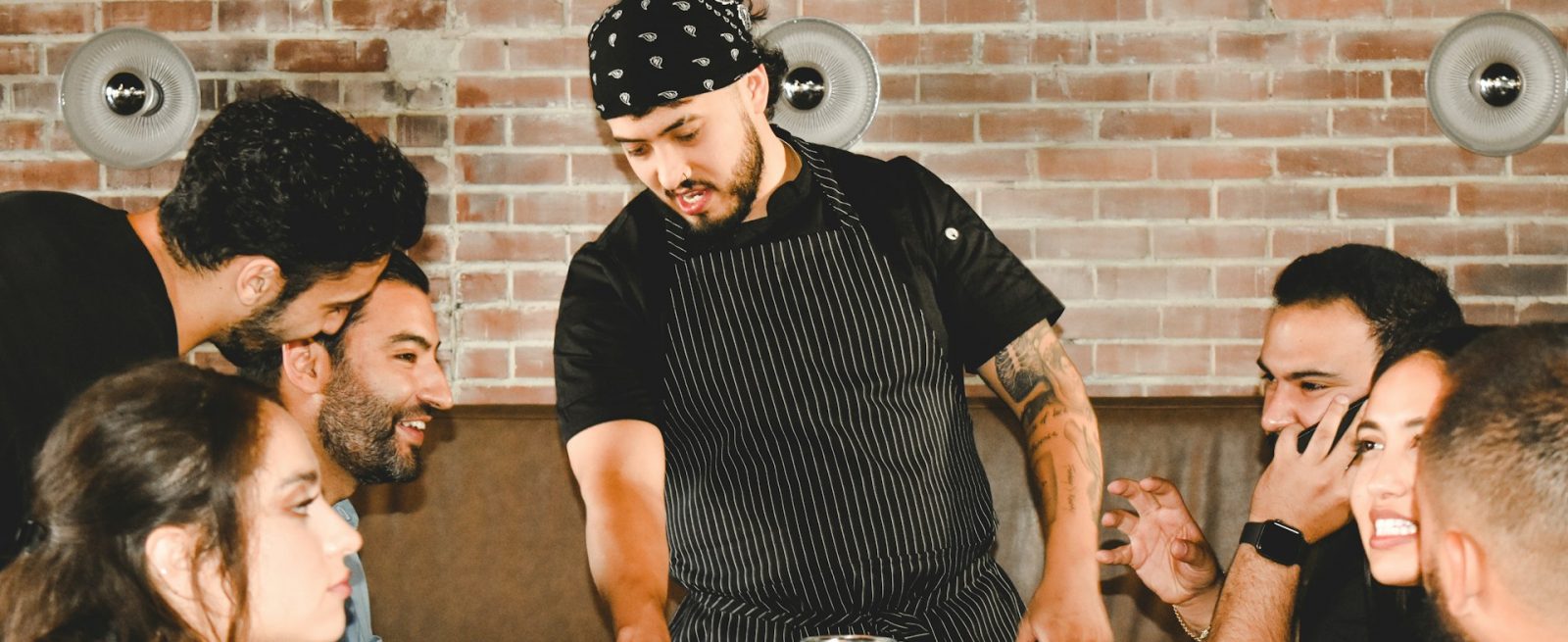How Independent Restaurants Can Navigate Inflation and the 2025 Holiday Season
3 Min Read By MRM Staff
The holiday are fast approaching at a time independent restaurants are being squeezed from many sides with rising labor costs, ingredient prices and availability, and inflation, among other issues. Consumer Price Index data further highlights this strain, revealing year-over-year increase in food-away-from-home prices.
Dr. Anne E. McBride, Vice President of Impact at the James Beard Foundation (JBF), who oversees JBF’s initiatives around policy advocacy, research, and training, said operators feel pressure on various fronts including:
-
Rising operational costs and wage pressures: 92 percent of respondents to the JBF’s 2025 Independent Restaurant Industry Report said increasing staff wages in 2024, with a large majority increasing pay by more than 10 percent
-
Changing consumer spend and consumption: 72 percent of respondents reported same or fewer customers in 2024 versus the year prior
-
Unforeseen disruptions and uncertainty from political climate
-
Climate change, extreme weather impacts on the supply chain and operations: 92 percent of respondents believe extreme weather impacted their business in 2024, with 79 percent reporting it led to rising general costs
-
Tariffs-related costs on ingredients
-
Immigration policy impacts on labor
“Restaurant operators are increasingly exposed to rising and wildly fluctuating costs and reduced access to and availability of the ingredients they need,” said McBride. “Thin profit margins of three-to-five percent make restaurants extremely vulnerable to any additional cost pressures, so these Consumer Price Index numbers only further highlight the issues leading into the holiday season.”
McBride anticipates that diners will be intentional with their holiday dine spend this year. Data from the JBF Industry Report shows restaurants feel they've reached a ceiling on raising prices for restaurants who did not raise their prices in 2024, more than half cited fear of losing customers or dependence on customer volume as the primary reason.
“This suggests consumers are already showing price sensitivity that will likely extend through the holiday season.”
Operators need to get creative to cut costs and realize value for their guests while still providing an overall good dining experience, McBridge said. A few examples of actions restaurants can take include:
-
Engineer menus strategically by adjusting pricing at the menu item level instead of across-the-board, ensuring every item earns its place, and testing new add-ons that make sense for both guests and the restaurant. JBF’s newly released Activity-Based Costing Tool is a simple spreadsheet that operators can download for free on our website and that helps them fully understand the true cost of their dishes, to be able to make fully informed pricing decisions.
-
Reduce inventory and minimizing waste by offering a limited menu or tasting options during specific hours
-
Reduce occupancy costs through revenue based rent agreements, real estate investment, or tenant improvement allowances
-
Beyond traditional nose-to-tail and root-to-stem cooking to manage waste, leveraging emerging inventory management technologies to minimize food waste and identify multi-use ingredients that can streamline prep and storage
-
Identify key operational risks by assessing financial, regulatory and labor implications before testing new business models
Operators can utilize marketing channels to trigger loyalty, re-establish “regulars” and increase foot traffic in a numbers of ways, McBride noted.
“Connections are powerful. Connecting the restaurant’s purpose to the community – nearly half of respondents (44 percent) had a greater focus on in-person engagement, and those who did perceived better business performance.”
She also suggests:
-
Utilizing social media and email to sell and showcase the restaurant’s unique story, purpose and values, according to the JBF Industry Report, 73 percent of respondents changed their marketing strategy to increase their use of social media platforms
-
Creating moments of surprise and delight to reinforce value, highlighting behind-the-scenes storytelling and empowering front-of-house teams to communicate the experience's value
-
Generating unique services or personalized experiences to foster deeper connections with restaurant staff. For example, community-driven events and local partnerships have become key approaches to turn digital engagement into in-person loyalty
-
Leveraging existing partnerships with third party vendors
-
If applicable, creating loyalty programs beyond discounts or punch cards
JBF offers a variety of tools and resources for restaurant operators such as:
-
JBF ABCs of Accounting: An educational resource with a plug-and-play costing tool to help manage rising costs and optimize operations.
-
Financial Literacy Workshop for Women: A two-day workshop providing financial training for women and non-binary hospitality entrepreneurs.
-
Women’s Entrepreneurial Leadership (WEL) Program: An 11-week virtual program for restaurant owners to expand leadership skills and optimize business models.
-
Industry Support Advocacy Campaigns: Initiatives like "Seat the Table" (for immigrant food workers) and "Climate Solutions for Restaurant Survival" (addressing climate change impacts).
-
JBF’s Resource Center: A hub for webinars, educational programs, toolkits, and white papers.
"Success for the rest of 2025 will depend on resilience, creativity, and trust in your community. Those who lean into change while staying true to their values will shape the future of dining," said McBride.

